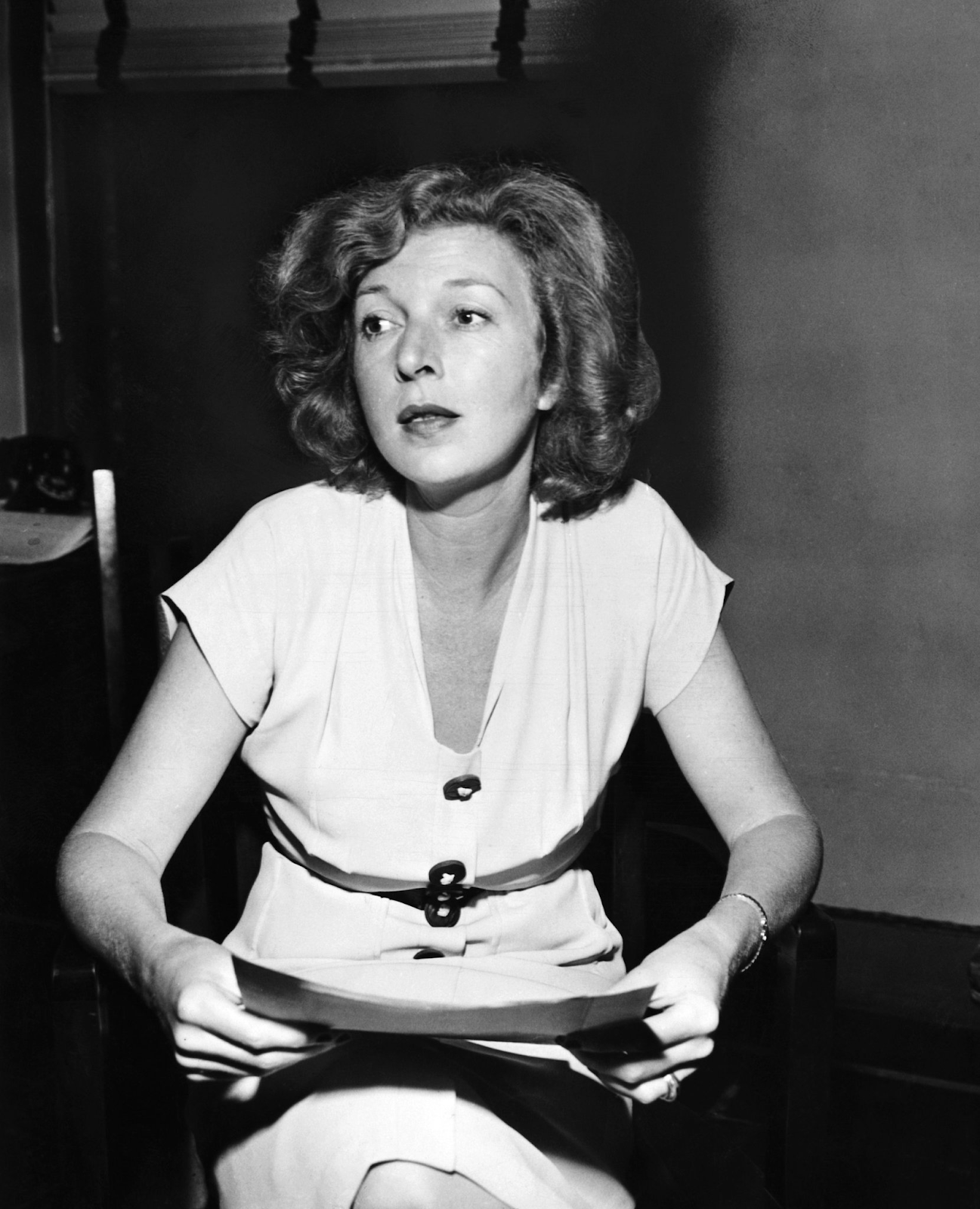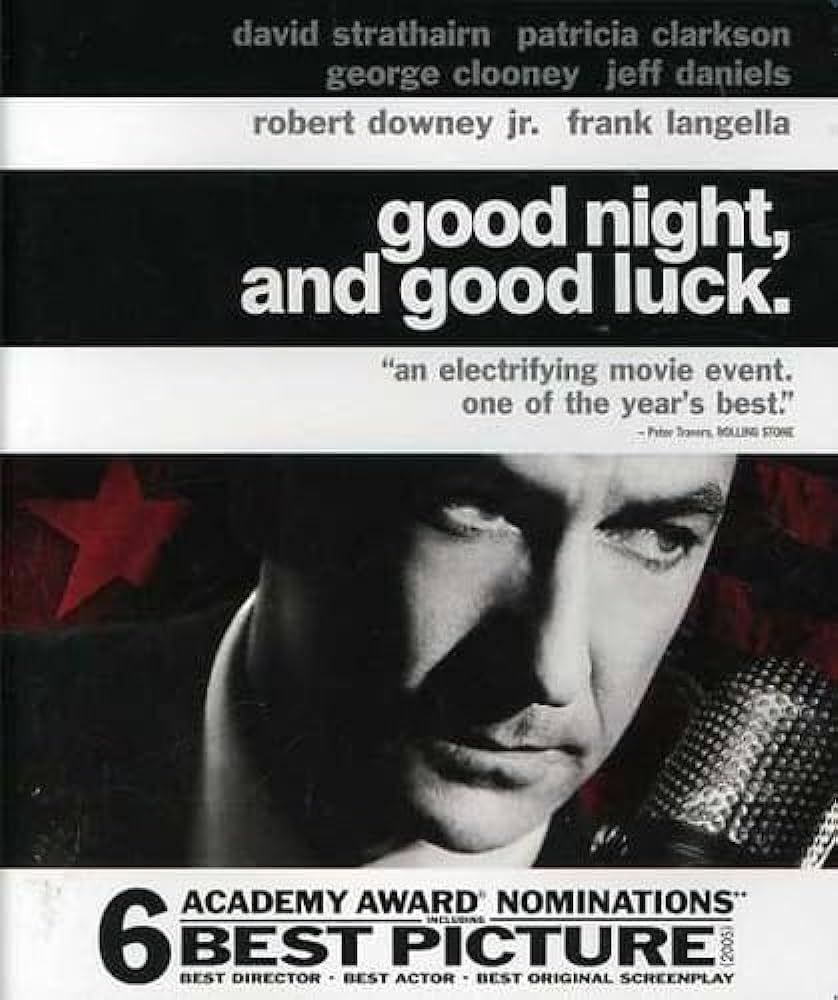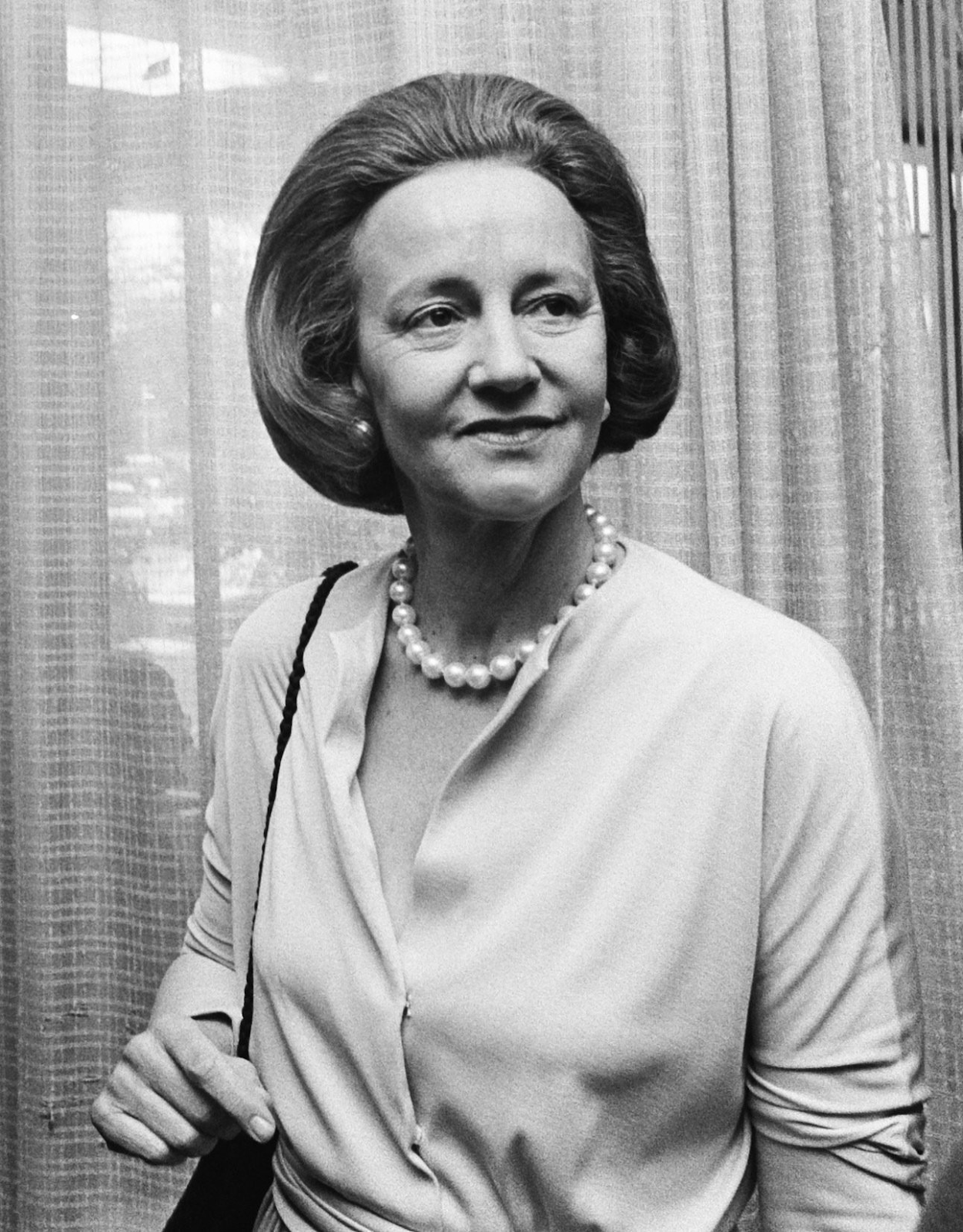Kacie's Never Stay Silent Blog
Sunday, May 5, 2024
Shock and Awe reaction
Good Night and Good Luck reaction
Good Night and Good Luck
When watching this movie I really enjoyed how authentic this movie was and how it was shown in black and white. This movie was about the conflict between broadcast journalist Edward R. Murrow and U.S. Senator Joseph McCarthy during the period of communist paranoia and the anti communist crusade led by McCarthy in the 1950s. The movie focused on the showdown between Murrow who was the host of the TV news program "See It Now" on CBS and McCarthy whose hearings and charges of communist infiltration in the U.S. government gained him power and public fear.
The Importance of Free Press and Ethical Journalism
The importance of free press is in the First Amendment because the founders understood a free press is essential for protecting all other civil liberties. Journalists defend rights like free speech, freedom of religion, due process, and more when those freedoms are threatened.
In the movie Murrow's famous March 9, 1954 broadcast directly confronting McCarthy demonstrated the importance of journalists being willing to ask hard questions and hold leaders accountable, even when it is unpopular or they face backlash.
Wednesday, May 1, 2024
EOTO #3 Reaction
EOTO #3 Reaction
Women In Journalism
As we watched presentations in class about our journalism hero I noticed the majority of women in my class choosing women journalists, and this really stuck to me because I never knew how important women were in the development of journalism. The main women that stuck out to me during these presentations was Martha Gellhorn, Jane Pauley and Gloria Steinem.
Martha Gellhorn
Martha Gellhorn (1908-1998) was an American novelist, travel writer, and journalist, considered one of the greatest war reporters of the 20th century. Martha Gellhorn had a significant impact on the field of journalism, particularly war reporting and literary journalism. Gellhorn pioneered a style of first hand reporting from the frontlines. Rather than covering wars from hotels, she insisted on living and traveling alongside the troops to truly experience their conditions. Gellhorn's writing blended factual reporting with amazing detail. Her literary style elevated war correspondence beyond just getting information to creating narratives that invited readers into the human experience of conflict.
 |
| Martha Gellhorn |
Jane Pauley
Jane Pauley is an American television broadcaster and author, best known for her work on NBC's Today show and CBS Sunday Morning. Pauley joined NBC News in 1976 as a reporter, quickly becoming a co-host of the Today show from 1976 to 1989. Her appearance on Today made her one of the most recognizable faces on American television during that era. She was known for her warm personality and relatability. Pauley was one of the first women to cohost a major national morning news program when she joined NBC's Today show in 1976. Her role helped represent a major step forward for women in television journalism at that time. By publicly sharing her struggles with depression and bipolar disorder, Pauley helped raise awareness. Her openness promoted important discussions in the media.
 |
| Jane Pauley |
Gloria Steinem
Gloria Steinem is an iconic American feminist, journalist, and social political activist. She was a key leader and spokesperson for the feminist movement in the late 1960s and 1970s. In 1972 she cofounded the feminist media organization Ms. Magazine and remained one of its editors for 15 years. She helped organize some of the earliest major public feminist protests, including the Women's Strike for Equality in 1970. She went undercover as a Playboy Bunny waitress in 1963 and wrote about the dehumanizing experience, bringing national attention to the treatment of women. She campaigned for the Equal Rights Amendment and the legalization of abortion, testifying before Congress.
 |
| Gloria Steinam |
Importance of Women in Journalism
Martha Gellhorn, Jane Pauley, and Gloria Steinem were pioneering and influential figures who played vital roles in shaping modern journalism and advancing women's voices in the media. For too long the news media was dominated by male voices and viewpoints. The entry of more women journalists brought much needed diversity in perspectives, life experiences, and coverage of issues directly impacting women and families that were previously overlooked or minimized. While there is still more progress to be made women in journalism have made the profession by speaking up for diverse coverage, tackling taboo subjects, and pioneering different storytelling styles and approaches.
EOTO #3
EOTO #3
Katharine Graham
Intro
Katharine Graham was born June 16th 1917 in New York. She was an American business executive who owned and published various news publications most famous was The Washington Post which she transformed into one of the top leading newspapers in the United States. She especially known for supporting The Washington Post investigation into the Watergate Scandal.Early Life
Katharine attended Vassar College from 1934 to 1936 and then transferred to the University of Chicago, where she graduated in 1938. After college she became a reporter for the San Fransisco News. She joined the editorial staff of The Washington Post which her father had bought in 1933. She also worked in the editorial and circulation departments of the Sunday Post.
Mid Life
Tuesday, April 23, 2024
EOTO #2 Reaction
EOTO #2 Reaction
In class while watching EOTO presentations the one presentation that really caught my attention was the presentation about crime reporting. This stuck out to me because as a kid I always wanted to be a detective and I would go around my house with my brother pretending to solve a "crime" and we would always report back to my parents and tell them what "crime" we found and pretty much gave them a full report.
EOTO #2 Sports Journalism
Sports Journalism |
Sports Journalism
What is Sports Journalism?
Sports journalism is a form of writing that reports on matters pertaining to sporting topics and competitions.
Timeline
Sports journalism began during the early 1820s and continuing through the1830s with specialized sports magazines covering primarily horse racing and boxing. At this time a first full length story was put into the New York Evening post about boxing.
Sports began to grow at a quicker pace during 1850 because of the introduction of baseball and the new interest in team sports in general. Also at this time more publications started recording sports events in their papers.
In 1870 Joesph Pulitzer bought the New York World and was the first to hire a sports editor in 1883, and now there were separate departments set up for sports in newspapers.
 |
| Joesph Pulitzer |
Many publications copied Joesph Pulitzer and by 1892 every large publication had a sports editor.
In 1914 sports was written and spread in circulation and the job of a sports editor was now considered an actual job.
In 1930 was the first time newspapers hired executive sports editors to oversee all content produced by the newspaper.
Sports cartoons became a big part of the sports page in 1940 with Willard Mulin of the New York World telegram.
In 1945 the creation of the Associated Press sports wire which helped put sports into the national scope and at this time sports became worthy of being front page news.
 |
| Front page sports news |
In 1970 radio shows and TV stations such as ESPN changed the landscape of sports media from weekly to daily newspaper reports to 24-hour news cycles.
The first Super bowl broadcast happened in 2000 where it was the first ever Super bowl to be broadcasted in the United States by two separate networks CBS and NBC.
Famous Sports Journalists
Grantland Rice was an early inventor for sports journalism best known for his work covering college football teams starting in 1925. He covered exceptional athletes like Babe Ruth and Bobby Jones, helping make them into American icons. He has a scholarship given in his name by Vanderbilt University for freshman intending to become sports writers.
 |
| Grantland Rice |
 |
| Harry Chadwick |
The Front Page Reaction
The Front Page
I enjoyed watching The Front Page movie because it gave me an up-close perspective on how journalists reporters used to get their news to produce for the world to see back in the day.
Journalists strive to get information for their stories and articles but as seen in The Front Page journalists did not always strive to get accurate information, but rather creating a story that people will pay for over and over again.
In the movie you can see all of these men that are journalist reporters and they are trying to create headlines for a story about a convict Earl Williams. While creating this story these men are exaggerating the story and headline creating false information. These journalists love to exaggerate stories in this movie, to create a narrative that is worth reading and buying for an audience rather than giving the straight up facts.
The idea of exaggerating a story to block the truth for more money and publicity does not settle right with me.
Exaggerating a story or headline defiantly has its pros and cons when producing a story, but people deserve the truth when it comes to news, because people rely on the news as a source of information that they rely on to be accurate and producing exaggerated stories can confuse people in the long run.
In the movie Earl Williams is viewed as a crazy person and Mollie Malloy is only viewed at as a hooker. The journalists in the movie then create stories about Earl and Mollie that produce false information about the two people, that people do not know is false. The reporters do this to keep the viewers coming back for more, which makes the news publication a lot of money.
Both Earl and Mollie are misunderstood, reporters did not care to get either Earl or Mollies side in the situation happening throughout the movie. Reporters only care for themselves and their career at the end of the day, so they will do anything for a story even putting peoples lives at risk. In the movie Mollie creates a distraction so that Earl doesn't get caught so she decides to jump out of a window risking her life which the reporters simply do not care about.
Another thing that I found interesting in this movie was how the journalist reporters were all men. Not to say I was surprised but I would think there would be at least one woman reporter. This movie was based in 1928 in Chicago. Women just became able to voice their opinions and got the right to vote in 1920 so it didn't surprise me that there wasn't any female journalists but it surprised me that the job difference between male and female at this time was very different from one another.
The main character Christy was getting ready to get out of town to marry Peggy. Peggy is a singer at the teacher where she and the audience read lyrics together and sing almost like church but not. I thought this was different because during this time women usually stayed at home to cook and clean for their husband and kids. Peggy is viewed as this beautiful woman that is too good for Christy but some how Christy manages to end up with her after-all.
| Peggy Singing |
Another role of a female job I saw in this movie was Myrtle's job. Myrtle worked at the city news bureau of Chicago with the male journalists. Myrtle in the movie was considered a janitor or personal assistant to these men in my opinion. Myrtle got the reporters what ever they wanted when they wanted it all day long, which obviously wouldn't be allowed at any jobs today but this was the reality of what a females job looked like in 1928.
Overall this movie honestly was such a good movie, I usually do not watch these types of movies but this one really had me pulled in. Not only was it a good movie but it gave me a view on what journalism was like in the 1920s and I really enjoyed it.
Shock and Awe reaction
Shock and Awe Reaction In class we watched the film " Shock and Awe ", which provided a crazy inside look at the Iraq War lead ...
-
Shock and Awe Reaction In class we watched the film " Shock and Awe ", which provided a crazy inside look at the Iraq War lead ...
-
About Me Hi, my name is Kacie Matheson, Im from Durham, North Carolina, and I am a junior here at High Point University. I've had a roc...









